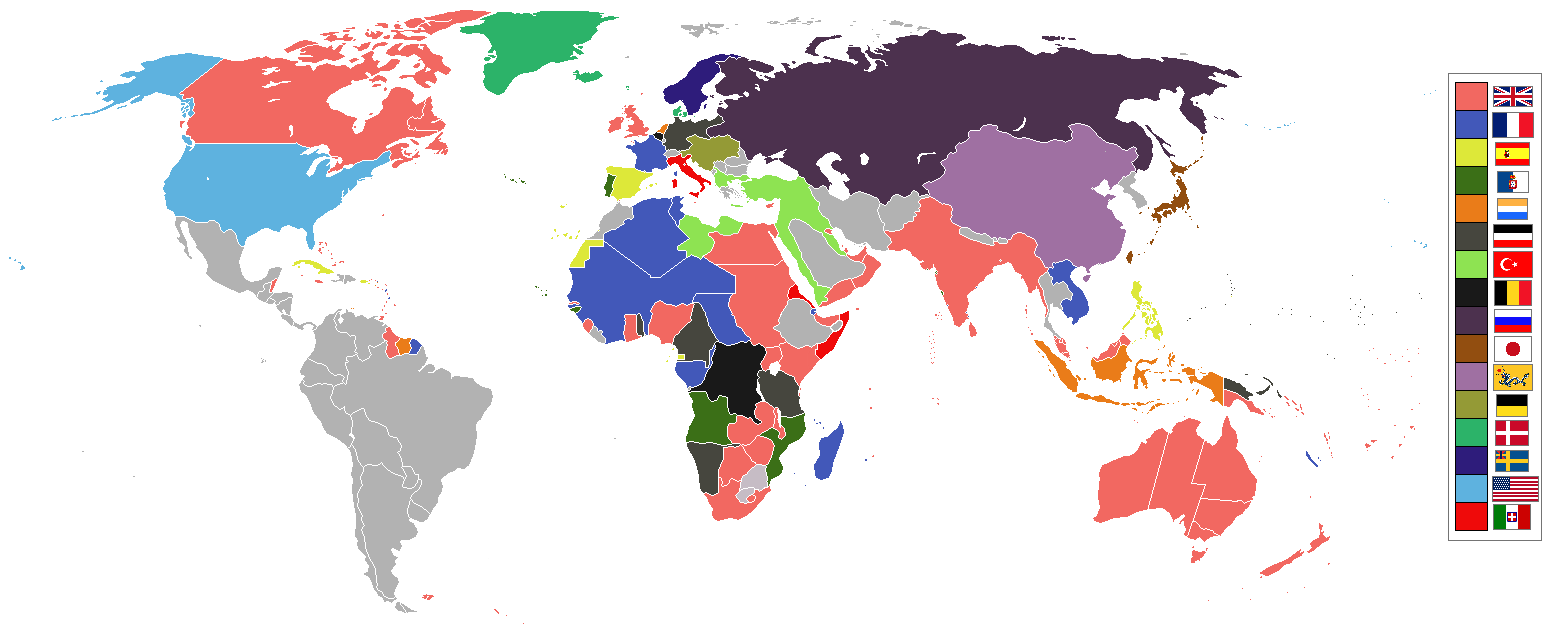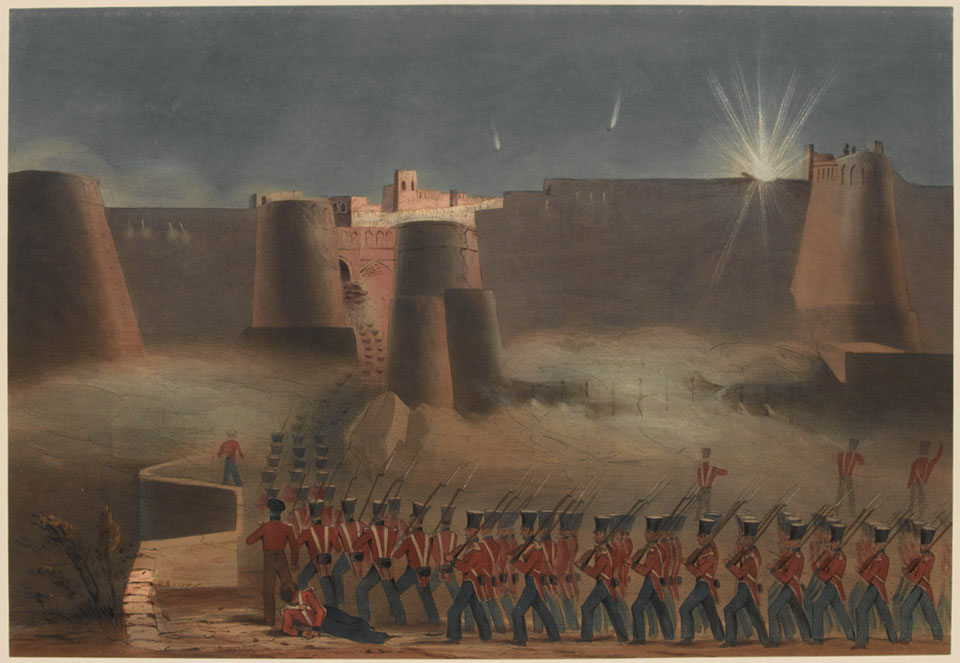|
Lucjan Malinowski
Lucjan Feliks Malinowski (27 May 1839 in Jaroszewice, Poland – 15 January 1898 in Kraków) was a Polish linguist, a researcher of regional dialects of Silesia, a traveller, a professor of Jagiellonian University, from the 1887 principal Seminar Slavic languages. Malinowski studied the history of the Polish language and etymology. He was the father of anthropologist Bronisław Malinowski. Biography Born in 1839 in a territorial family in Jaroszewice. He was the son of Julian Malinowski (Pobóg coat of arms) and Ewa née Górski (granddaughter of Marcin Koźmian, who was the uncle of Kajetan Koźman, a literary critic and poet). His family lost its estate due to repression by conquerors, but also due to their own irresponsibility. He had to earn a living by education. He finished grammar-school with highest estimations from all objects. In 1861 he started Preparatory Courses in Warsaw, and the following year he joined the Warsaw University and in 1867 he graduated from ... [...More Info...] [...Related Items...] OR: [Wikipedia] [Google] [Baidu] |
Jaroszewice
Jaroszewice is a village in the administrative district of Gmina Bełżyce, within Lublin County, Lublin Voivodeship, in eastern Poland. It lies approximately east of Bełżyce and west of the regional capital Lublin. Roman Bartoszcze Roman Bolesław Bartoszcze (9 December 1946 – 31 December 2015) was a Polish agrarian politician from Polish People's Party (PSL). Bartoszcze was born in Jaroszewice, and worked on his family farm there, and later in Sławęcin, until 1966. H ..., a Polish politician and art collector was born there in 1946. References Villages in Lublin County {{LublinCounty-geo-stub ... [...More Info...] [...Related Items...] OR: [Wikipedia] [Google] [Baidu] |
Kajetan Koźman
Cajetan and Kajetan is the Anglicized and Germanized form of the Italian given name Gaetano. People with this name include: * Thomas Cajetan (1469–1534), Italian Dominican theologian, cardinal, and opponent of Martin Luther * Saint Cajetan (Gaetano dei Conti of Thiene), canonized saint who lived between 1480 and 1547 * Constantino Cajetan (1560–1650), Italian Benedictine scholar * Cajetan J. B. Baumann, O.F.B., Franciscan architect * Cajetan, pseudonym of the Austrian physician and illustrator Anton Elfinger (1821–1864) * Cajetan Tschink, Austrian writer and philosopher (1763–1813) * Baron Cajetan von Felder (1814–1894), Austrian lawyer, entomologist and liberal politician * Karl Kajetan von Gaisruck (1769–1846), Austrian archbishop * Kajetan Garbiński (1796–1847), Polish mathematician * Josef Kajetán Tyl (1808–1856), Czech dramatist and author of lyrics of the Czech anthem * Kajetan Kovič (1931–2014), Slovene poet, writer, translator, and journalist * Kajeta ... [...More Info...] [...Related Items...] OR: [Wikipedia] [Google] [Baidu] |
1898 Deaths
Events January–March * January 1 – New York City annexes land from surrounding counties, creating the City of Greater New York as the world's second largest. The city is geographically divided into five boroughs: Manhattan, Brooklyn, Queens, The Bronx and Staten Island. * January 13 – Novelist Émile Zola's open letter to the President of the French Republic on the Dreyfus affair, ''J'Accuse…!'', is published on the front page of the Paris daily newspaper ''L'Aurore'', accusing the government of wrongfully imprisoning Alfred Dreyfus and of antisemitism. * February 12 – The automobile belonging to Henry Lindfield of Brighton rolls out of control down a hill in Purley, London, England, and hits a tree; thus he becomes the world's first fatality from an automobile accident on a public highway. * February 15 – Spanish–American War: The USS Maine (ACR-1), USS ''Maine'' explodes and sinks in Havana Harbor, Cuba, for reasons never fully establish ... [...More Info...] [...Related Items...] OR: [Wikipedia] [Google] [Baidu] |
1839 Births
Events January–March * January 2 – The first photograph of the Moon is taken, by French photographer Louis Daguerre. * January 6 – Night of the Big Wind: Ireland is struck by the most damaging cyclone in 300 years. * January 9 – The French Academy of Sciences announces the daguerreotype photography process. * January 19 – British forces Aden Expedition, capture Aden. * January 20 – Battle of Yungay: Chile defeats the Peru–Bolivian Confederation, leading to the restoration of an independent Peru. * January – The first parallax measurement of the distance to Alpha Centauri is published by Thomas Henderson (astronomer), Thomas Henderson. * February 11 – The University of Missouri is established, becoming the first public university west of the Mississippi River. * February 24 – William Otis receives a patent for the steam shovel. * March 5 – Longwood University is founded in Farmville, Virginia. * March 7 – Baltimore City College, the third public high ... [...More Info...] [...Related Items...] OR: [Wikipedia] [Google] [Baidu] |
Jagiellonian University Alumni
The Jagiellonian dynasty (, pl, dynastia jagiellońska), otherwise the Jagiellon dynasty ( pl, dynastia Jagiellonów), the House of Jagiellon ( pl, Dom Jagiellonów), or simply the Jagiellons ( pl, Jagiellonowie), was the name assumed by a cadet branch of the Lithuanian ducal dynasty of Gediminids upon reception by Jogaila, the Grand Duke of Lithuania, of baptism as Władysław in 1386, which paved the way to his ensuing marriage to the Queen Regnant Jadwiga of Poland, resulting in his ascension to the Crown of the Kingdom of Poland as Władysław II Jagiełło (initially ruling ''jure uxoris'' jointly with Hedwig until her death), and the effective promotion of his branch to a royal dynasty. The Jagiellons reigned in several Central European countries between the 14th and 16th centuries. Members of the dynasty were Kings of Poland (1386–1572), Grand Dukes of Lithuania (1377–1392 and 1440–1572), Kings of Hungary (1440–1444 and 1490–1526), and Kings of Bohemia and ... [...More Info...] [...Related Items...] OR: [Wikipedia] [Google] [Baidu] |
Rakowicki Cemetery
Rakowicki Cemetery (English: ; pl, Cmentarz Rakowicki) is a historic necropolis and a cultural heritage monument located on 26 Rakowicka Street in the centre of Kraków, Poland. It lies within the Administrative District No. 1 ''Stare Miasto'' meaning "Old Town" – distinct from the Kraków Old Town situated further south. Founded at the beginning of the 19th century when the region was part of Austrian Galicia, the cemetery was expanded several times, and at present covers an area of about 42 hectares. Many notable Cracovians, among them the parents of Pope John Paul II, are buried here. Gazeta Krakow.pl, October 29, 2008, A multilingual brochure available for the visitors, calle"Zwiedzamy Cmentarz Rakowicki" (A visit to the Rakowicki Cemetery)with a map describing a two-hour walk, is published by Zarząd Cmentarzy Komunalnych w Krakowie. History The Rakowicki Cemetery was set up in 1800–1802 at an estate in Prądnik Czerwony village, originally on an area of on ... [...More Info...] [...Related Items...] OR: [Wikipedia] [Google] [Baidu] |
Academy Of Learning
Academy of Learning ( pl, Akademia Umiejętności; AU) was a primary Polish scientific institution during the annexation of Poland established in 1871. It was founded in Kraków Kraków (), or Cracow, is the second-largest and one of the oldest cities in Poland. Situated on the Vistula River in Lesser Poland Voivodeship, the city dates back to the seventh century. Kraków was the official capital of Poland until 159 ... as a continuation of the ''Kraków Scientific Society'' (''Towarzystwo Naukowe Krakowskie''). The institution began activity two years later, in 1873. At first, it focused on scholars from Kraków, however, it soon expanded its activity to Polish scholars from all annexed territories, along with Polish emigration. Its main goals were to organize, support and conduct learning, plus represent Polish scientists and scholars from all over the world. AU changed its statute and in 1919 began activity as the Polish Academy of Learning (''Polska Akademia Umiejętn ... [...More Info...] [...Related Items...] OR: [Wikipedia] [Google] [Baidu] |
Leipzig
Leipzig ( , ; Upper Saxon: ) is the most populous city in the German state of Saxony. Leipzig's population of 605,407 inhabitants (1.1 million in the larger urban zone) as of 2021 places the city as Germany's eighth most populous, as well as the second most populous city in the area of the former East Germany after ( East) Berlin. Together with Halle (Saale), the city forms the polycentric Leipzig-Halle Conurbation. Between the two cities (in Schkeuditz) lies Leipzig/Halle Airport. Leipzig is located about southwest of Berlin, in the southernmost part of the North German Plain (known as Leipzig Bay), at the confluence of the White Elster River (progression: ) and two of its tributaries: the Pleiße and the Parthe. The name of the city and those of many of its boroughs are of Slavic origin. Leipzig has been a trade city since at least the time of the Holy Roman Empire. The city sits at the intersection of the Via Regia and the Via Imperii, two important medie ... [...More Info...] [...Related Items...] OR: [Wikipedia] [Google] [Baidu] |
Moscow
Moscow ( , US chiefly ; rus, links=no, Москва, r=Moskva, p=mɐskˈva, a=Москва.ogg) is the capital and largest city of Russia. The city stands on the Moskva River in Central Russia, with a population estimated at 13.0 million residents within the city limits, over 17 million residents in the urban area, and over 21.5 million residents in the metropolitan area. The city covers an area of , while the urban area covers , and the metropolitan area covers over . Moscow is among the world's largest cities; being the most populous city entirely in Europe, the largest urban and metropolitan area in Europe, and the largest city by land area on the European continent. First documented in 1147, Moscow grew to become a prosperous and powerful city that served as the capital of the Grand Duchy that bears its name. When the Grand Duchy of Moscow evolved into the Tsardom of Russia, Moscow remained the political and economic center for most of the Tsardom's history. When ... [...More Info...] [...Related Items...] OR: [Wikipedia] [Google] [Baidu] |
Jena
Jena () is a German city and the second largest city in Thuringia. Together with the nearby cities of Erfurt and Weimar, it forms the central metropolitan area of Thuringia with approximately 500,000 inhabitants, while the city itself has a population of about 110,000. Jena is a centre of education and research; the Friedrich Schiller University was founded in 1558 and had 18,000 students in 2017 and the Ernst-Abbe-Fachhochschule Jena counts another 5,000 students. Furthermore, there are many institutes of the leading German research societies. Jena was first mentioned in 1182 and stayed a small town until the 19th century, when industry developed. For most of the 20th century, Jena was a world centre of the optical industry around companies such as Carl Zeiss, Schott and Jenoptik (since 1990). As one of only a few medium-sized cities in Germany, it has some high-rise buildings in the city centre, such as the JenTower. These also have their origin in the former Carl Zeiss ... [...More Info...] [...Related Items...] OR: [Wikipedia] [Google] [Baidu] |
Berlin
Berlin is Capital of Germany, the capital and largest city of Germany, both by area and List of cities in Germany by population, by population. Its more than 3.85 million inhabitants make it the European Union's List of cities in the European Union by population within city limits, most populous city, as measured by population within city limits having gained this status after the United Kingdom's, and thus London's, Brexit, departure from the European Union. Simultaneously, the city is one of the states of Germany, and is the List of German states by area, third smallest state in the country in terms of area. Berlin is surrounded by the state of Brandenburg, and Brandenburg's capital Potsdam is nearby. The urban area of Berlin has a population of over 4.5 million and is therefore the most populous urban area in Germany. The Berlin/Brandenburg Metropolitan Region, Berlin-Brandenburg capital region has around 6.2 million inhabitants and is Germany's second-largest metropolitan reg ... [...More Info...] [...Related Items...] OR: [Wikipedia] [Google] [Baidu] |


.jpg)


